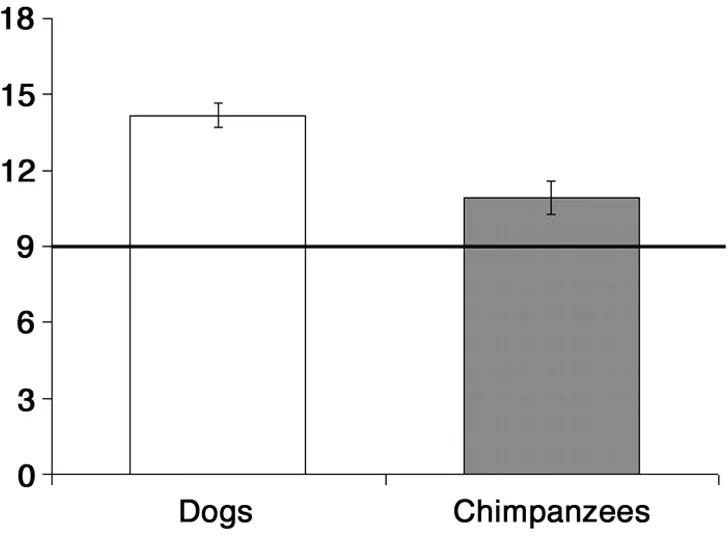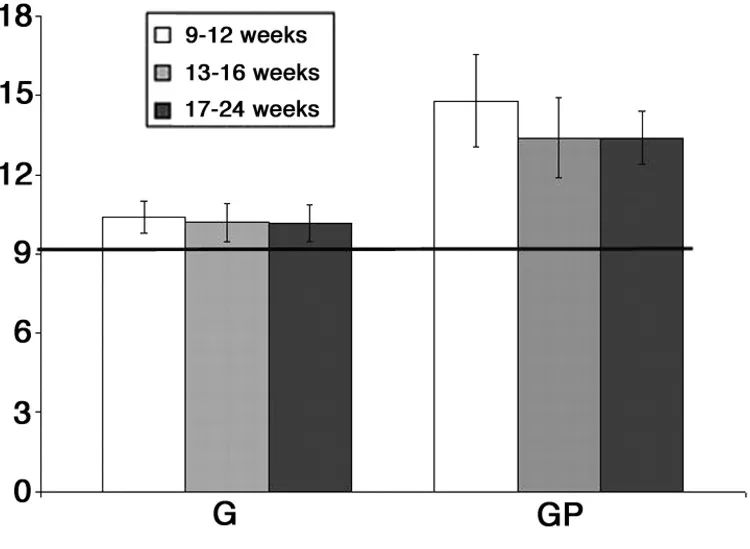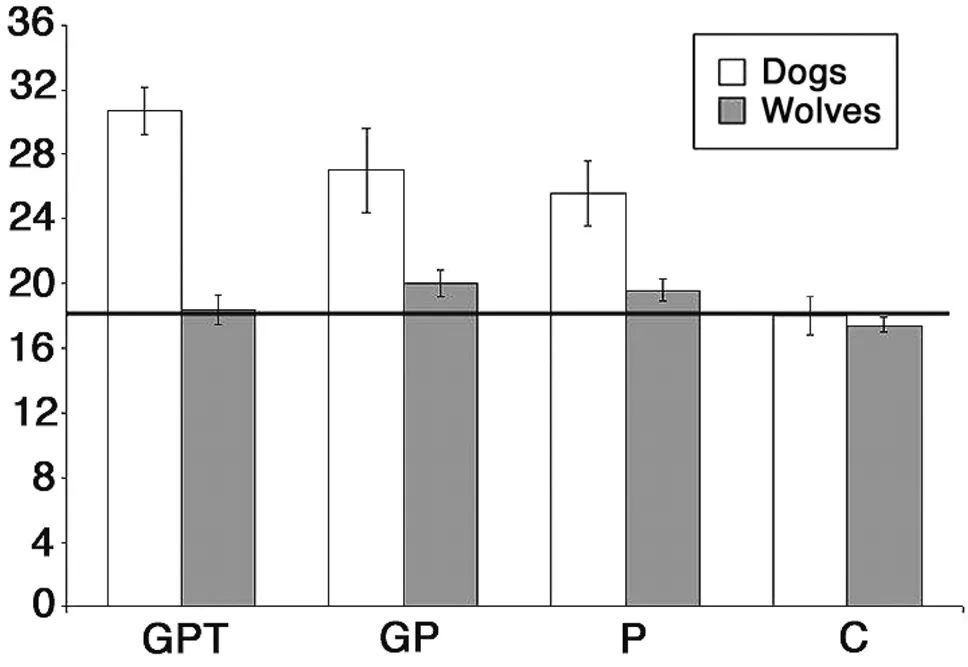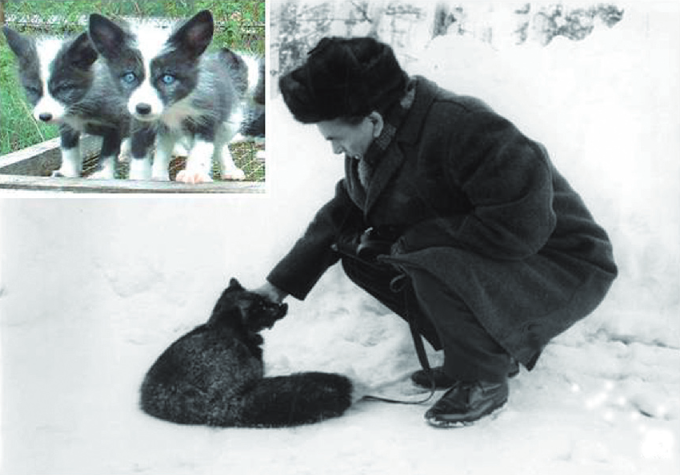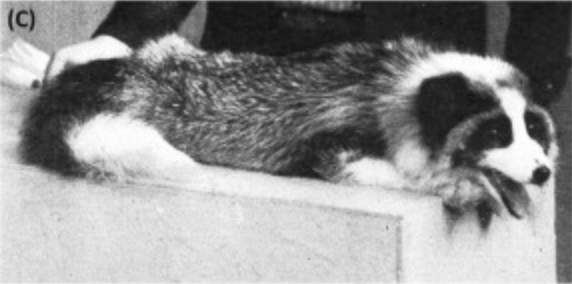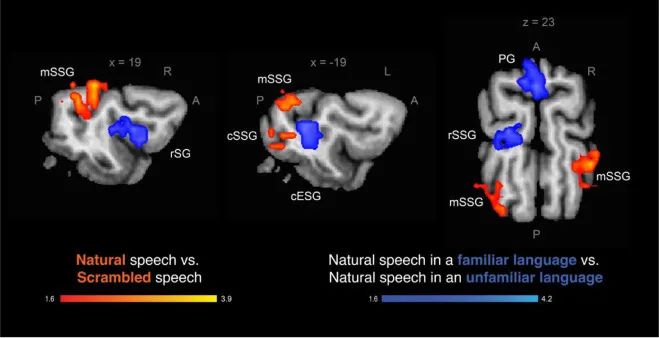“Dogs are man’s best friend.”
I believe this sentence is familiar to everyone. As long as the relationship between dogs and humans is mentioned, words such as “friend” and “loyalty” will always appear. There are many reasons for this: sheepdogs help people patrol the flock, hounds help catch game, watchdogs guard the gates of the family…so we always think of dogs as our friends.
But, think about it another way, do dogs treat humans as friends? Do they really understand our thoughts and instructions? Is the relationship between humans and dogs just the relationship between the domesticated person and the domesticated person?
To answer these questions, we can find a clue in a classic behavioral experiment 20 years ago.
Can dogs really understand what we mean?
The experiment is actually quite simple: the experimenter hides food in two upside-down opaque cups (imagine a magic/street art cup) and lets the subject (animal or baby) choose which cup to eat of. Before choosing, the experimenter would use their fingers, or tap the cup, or use their eyes to indicate which cup the food was in.
If the subjects were two-year-old babies, they could basically read the experimenter’s gestures and eyes. But if the subjects were changed to other animals, the results would be quite different. Chimpanzees may be considered among the most intelligent animals, but they are not very accurate on this simple experiment; by contrast, puppies are far more accurate than chimpanzees: even without training, They can also read human gestures and pinpoint exactly which cup contains food.
The correct rate of this behavioral experimental dog is much higher than that of chimpanzeesThis not only shows their “trust” in humans, but also reveals a cognitive problem: these dogs seem to be able to read human gestures and eyes.The dog found exactly the cup indicated by the human | Source: Hare B, Tomasello M. 2005.In addition to this simple experiment, there are many similar experiments or phenomena:
When doing the experiment mentioned above, adding some actions such as looking at a watch, which are very large but not indicative, dogs can also be clearly distinguished by the direction of human eyes;
We all know that throwing the ball out will bring it back to the dog. But if you turn around immediately after dropping the ball, the dog will not only pick up the ball, but will put the ball in front of you on purpose because it knows to put things where you can see it;
Other studies have found that dogs may read human meanings from small movements such as turning their heads, bowing or nodding.
All kinds of experiments and phenomena seem to show one result: dogs can really understand what we mean!
Where does a dog’s ability to understand humans come from?
After discovering the phenomenon, researchers have to think about why: where does this ability of dogs come from? The researchers put forward three hypotheses for this:
Hypothesis 1: This may be that dogs may have been “trained” after spending time with humans;
Hypothesis 2: This may also be their “wild instinct”: Wolves need teamwork to hunt, perhaps inherited from the ancestors of wolves and dogs?
Hypothesis 3: There is also a possibility that humans developed the ability when they domesticated dogs thousands of years ago.
With the hypothesis, the next step is to do experimental verification. In response to the first hypothesis, the researchers found dogs of different ages and performed the same experiment again. They found that dogs of different ages had similar accuracy in the experiment. They also compared domestic and non-domestic dogs, and they were about the same.
Assumption 1, false.
Dogs of different ages showed similar performance in the experiment, where G means “eye gesture” and GP means “eye gesture + finger gesture” | Source: Hare B, et al. Science, 2002.For the second hypothesis, the researchers found a close relative of the dog, the wolf, to do this experiment together. If the correct rate of wolves and dogs is similar, it means that the ability to read eyes may come from their ancestors.The result was just the opposite: wolves were nowhere near as accurate as dogs.
Assumption 2, wrong.
It can be found that, compared with the control (C, no prompt is given), no matter what kind of prompt, the correct rate of the dog (white) is higher than that of the wolf (gray). Then, “Exclude the impossible, and what remains, even if it is impossible, is the truth” (Sherlock Holmes famous quote). Assumptions 1 and 2 are both wrong, then the dog’s ability to read humans began to appear thousands of years ago when humans domesticated the first dog. In fact, recent research has confirmed this. The researchers repeated the experiment 20 years ago with 378 two-month-old puppies (when there were only a few dogs per experiment). The difference is that these more than 300 dogs have been strictly screened: the same breed, the same gender, the same age, the same breeding conditions…
Using mathematical modeling, the researchers deduced that dogs’ ability to read humans is about 40 percent heritable. In other words, this ability is likely to be innate—as soon as a dog is born, a dog has an extraordinary ability to understand humans. Combined with the previous experiments, this is likely the result of human domestication selection.
Can domestication deepen our understanding of humans?
How could domestication have such a result? Is there a way we can figure out how this is done? The answer is yes. We can try to domesticate another species to repeat the process.
In 1959, Soviet zoologist Dmitry Belyayev and colleagues conducted what may have been the longest experiment in the history of biology: domesticating foxes.
Dmitry Belyayev playing with his domesticated silver fox, the domesticated silver fox in the upper left cornerThey found a group of Canadian silver foxes that are difficult to domesticate, and they were raised first, and they were also divided into groups: “obedient” foxes who were close to people were divided into a group, and those “disobedient” foxes that bit people when touched Divide into another group, and the two groups reproduce separately. After that, continue to group, continue to pick obedient foxes to breed, and continue from generation to generation… After only a few generations, obedient foxes begin to behave very “tame”: they will wag their tails like dogs, and droop their ears. There are also cat and dog-like characteristics such as changes in estrus, fading of hair, and prolonged reproductive periods. At the same time, the secretion of glucocorticoids and adrenaline in their bodies are also significantly reduced, which shows that they are less nervous when they see people, and they are more “obedient”.
At first glance, the behavior of this fox is indeed not much different from that of a dog (although this experiment is also questioned, because although the original fox was not domesticated, it also came from farms)So, what about doing that experiment again on these foxes? As a result, the “domesticated” foxes were able to accurately guess human instructions, with a higher accuracy rate than wild foxes. In this regard, a new hypothesis has emerged: the process of domestication may only be a selection of whether animals are “tame”, and the changes in other abilities are actually “by-products”-dogs have produced higher cognitive abilities, such as being able to Understanding human capacity, this is the “by-product hypothesis”. However, this hypothesis has not been confirmed, and further research is needed to verify it.
With the continuous development of modern research technology, new research ideas have been brought to these problems and hypotheses. The researchers gave 18 dogs from different countries to listen to “The Little Prince” in different languages, and then used magnetic resonance imaging to examine their brain changes. It was found that when dogs hear “native language” and “foreign language”, their brains respond significantly differently, which means that dogs can not only recognize human eyes and gestures, but also recognize different language!
The red area is the brain area that the dog is active when distinguishing between human speech and noise, while the blue area is the brain area used by the dog to distinguish between “native language” and “foreign language”. It can be found that they are completely different.In other words, they’re really trying to understand what we’re talking about.
We all have a dog friend
Let’s go back to the question at the beginning: Do dogs treat humans as friends? Looking at the experiments of scientists over the past two decades, you can know that dogs’ loyalty, obedience, and intelligence are not only formed by humans’ acquired training on them.
They may be able to read human gestures, read human eyes, and understand human language. Dogs will try to understand our every move, every word and deed.
Perhaps, since the first dogs were domesticated thousands of years ago, we humans have always had such a dog friend who is trying to understand us.
“Dogs are man’s best friend.” In this way, this sentence is quite reasonable.


